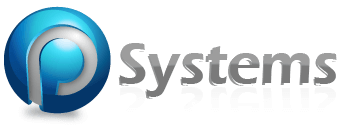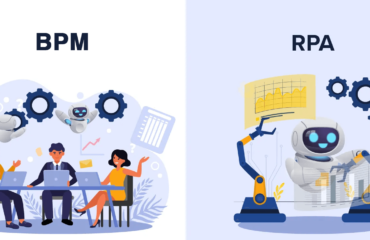
Intranets and extranets are web-based applications that provide employees and partners with access to information and services. They can be used to improve communication, collaboration, and productivity.
Intranet portals are typically used by employees to access company information, such as policies, procedures, and employee directories. They can also be used to provide employees with access to self-service applications, such as expense reporting, time tracking, and benefits enrollment.
Extranet portals are typically used by partners to access information about the company, such as product catalogs, order tracking, and customer support. They can also be used to provide partners with access to self-service applications, such as quote requests, order tracking, and returns processing.
Intranet and extranet portals can be developed using a variety of technologies, including:
- Web development languages: such as HTML, CSS, and JavaScript.
- Web application frameworks: such as ASP.NET, Java EE, and PHP.
- Content management systems: such as WordPress, Drupal, and Joomla.
The choice of technology will depend on the specific needs of the organization. For example, an organization with a large number of employees may need to use a more robust web application framework, while an organization with a small number of partners may be able to use a simpler content management system.
Once the technology has been chosen, the next step is to design the portal. The design should be based on the needs of the users and the goals of the organization. The portal should be easy to use and navigate, and it should provide users with the information and services they need.
Once the design has been finalized, the next step is to develop the portal. This involves coding the portal using the chosen technology. The development process can be complex and time-consuming, and it is important to have a team of experienced developers who can create a portal that is secure, reliable, and scalable.
Once the portal has been developed, the next step is to deploy it. This involves making the portal available to users. The deployment process can be complex, and it is important to have a plan in place to ensure that the portal is available when users need it.
Once the portal has been deployed, the next step is to maintain it. This involves keeping the portal up-to-date with the latest security patches and features. It is also important to monitor the portal for performance issues and to make changes as needed.
Intranet and extranet portals can be a valuable asset for organizations. They can help to improve communication, collaboration, and productivity. By developing a portal that meets the needs of the users and the goals of the organization, organizations can reap the benefits of these powerful tools.
Here are some additional considerations when developing Intranet and extranet portals:
- Security: Intranet and extranet portals often contain sensitive information, so it is important to take steps to secure them. This includes using strong passwords, encrypting data, and implementing access control measures.
- Accessibility: Intranet and extranet portals should be accessible to all users, regardless of their disabilities. This means using accessible design principles and technologies.
- Usability: Intranet and extranet portals should be easy to use. This means using clear navigation, providing helpful documentation, and testing the portal with users.
- Scalability: Intranet and extranet portals should be able to handle increasing traffic. This means using scalable technologies and infrastructure.
By considering these factors, organizations can develop Intranet and extranet portals that are secure, accessible, usable, and scalable.




